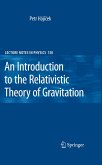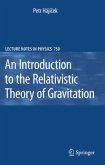
Broschiertes Buch
Softcover reprint of hardcover 1st edition 2008
22. Oktober 2010
Springer / Springer Berlin Heidelberg / Springer, Berlin
978-3-642-09742-3
Ähnliche Artikel
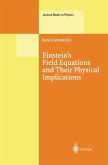
Broschiertes Buch
Selected Essays in Honour of Jürgen Ehlers
Softcover reprint of the original 1st ed. 2000
5. Dezember 2010
Springer / Springer Berlin Heidelberg / Springer, Berlin
978-3-642-08637-3
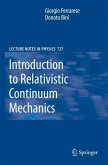
Broschiertes Buch
Softcover reprint of hardcover 1st ed. 2008
23. November 2010
Springer / Springer Berlin Heidelberg / Springer, Berlin
978-3-642-09218-3
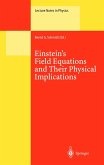
Gebundenes Buch
Selected Essays in Honour of Jürgen Ehlers
2000.
18. Februar 2000
Springer / Springer Berlin Heidelberg / Springer, Berlin
10720694,978-3-540-67073-5
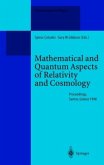
Broschiertes Buch
Proceedings of the Second Samos Meeting on Cosmology, Geometry and Relativity Held at Pythagoreon, Samos, Greece, 31 August ¿ 4 September 1998
Softcover reprint of hardcover 1st ed. 2000
8. Dezember 2010
Springer / Springer Berlin Heidelberg / Springer, Berlin
978-3-642-08613-7
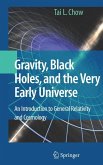
Broschiertes Buch
An Introduction to General Relativity and Cosmology
Softcover reprint of hardcover 1st ed. 2008
29. Oktober 2010
Springer / Springer New York / Springer, Berlin
978-1-4419-2525-1
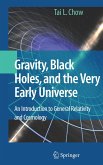
Gebundenes Buch
An Introduction to General Relativity and Cosmology
2008 edition
26. Oktober 2007
Springer / Springer New York / Springer, Berlin
11411949,978-0-387-73629-7
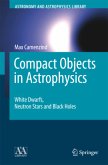
Gebundenes Buch
White Dwarfs, Neutron Stars and Black Holes
2007
15. Februar 2007
Springer / Springer Berlin Heidelberg / Springer, Berlin
978-3-540-25770-7
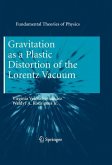
Gebundenes Buch
2010
5. September 2010
Springer / Springer Berlin Heidelberg / Springer, Berlin
12832019,978-3-642-13588-0
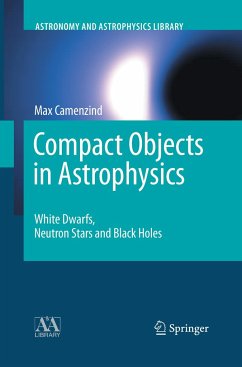
Broschiertes Buch
White Dwarfs, Neutron Stars and Black Holes
Softcover reprint of the original 1st ed. 2007
23. August 2016
Springer / Springer Berlin Heidelberg / Springer, Berlin
978-3-662-50032-3
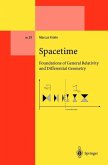
Broschiertes Buch
Foundations of General Relativity and Differential Geometry
Softcover reprint of the original 1st ed. 1999
9. Dezember 2010
Springer / Springer Berlin Heidelberg / Springer, Berlin
978-3-642-08564-2
Ähnlichkeitssuche: Fact®Finder von OMIKRON

